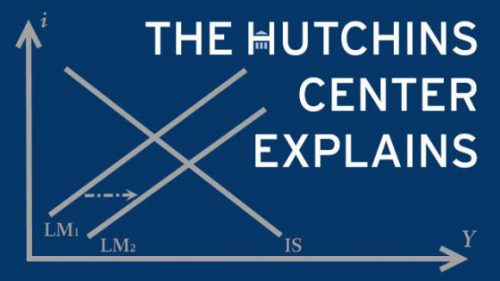We’ve boiled the facts about the outlook for the federal debt down to a three -minute animated video in which I trace the recent ups and downs (yes, downs) of the projections for federal borrowing over the next decade.
It’s tough for people to understand that the debt is a problem—but not now. Yes, we ran up a big debt to fight the recession, but the U.S. economy is not yet fully recovered and the U.S. Treasury is able to borrow hundreds of billions of dollars every month at very low interest rates. The problem lies in the future after the economy and the job market and interest rates return to normal: The trajectory of government borrowing after the economy simply isn’t sustainable. We’re looking for ways to help people understand both the short-term and the long-term picture.
The animation shows the 10-year forecast for the federal debt made before the recession, how it rose when the recession hit and how it rose still higher after Congress enacted President Obama’s American Recovery and Reinvestment Act, the fiscal stimulus of 2009. But then the outlook actually brightened a bit as Congress raised taxes on upper-income Americans in 2013 and the pace of federal spending on health care, particularly Medicare, slowed a bit. Yes, sometimes things in Washington do get better. Still, we’re not out of the woods. The federal debt measured as a percentage of the gross domestic product is twice what it was before the recession and likely will continue to climb unless there is a change in government tax and spending policy and/or a substantial quickening of the pace of economic growth.
The video relies on projections of the federal debt made by William Gale, the Arjay and Francis Miller Chair in Federal Economic Policy at Brookings, and Alan Auerbach, Robert D. Burch Professor of Economics and Law at the University of California, Berkeley. George Burroughs was the producer, Sareen Hairabedian was the lead animator, and Mark Hoelscher the animator.
The Brookings Institution is committed to quality, independence, and impact.
We are supported by a diverse array of funders. In line with our values and policies, each Brookings publication represents the sole views of its author(s).




Commentary
The Hutchins Center Explains: The Federal Debt
August 27, 2014